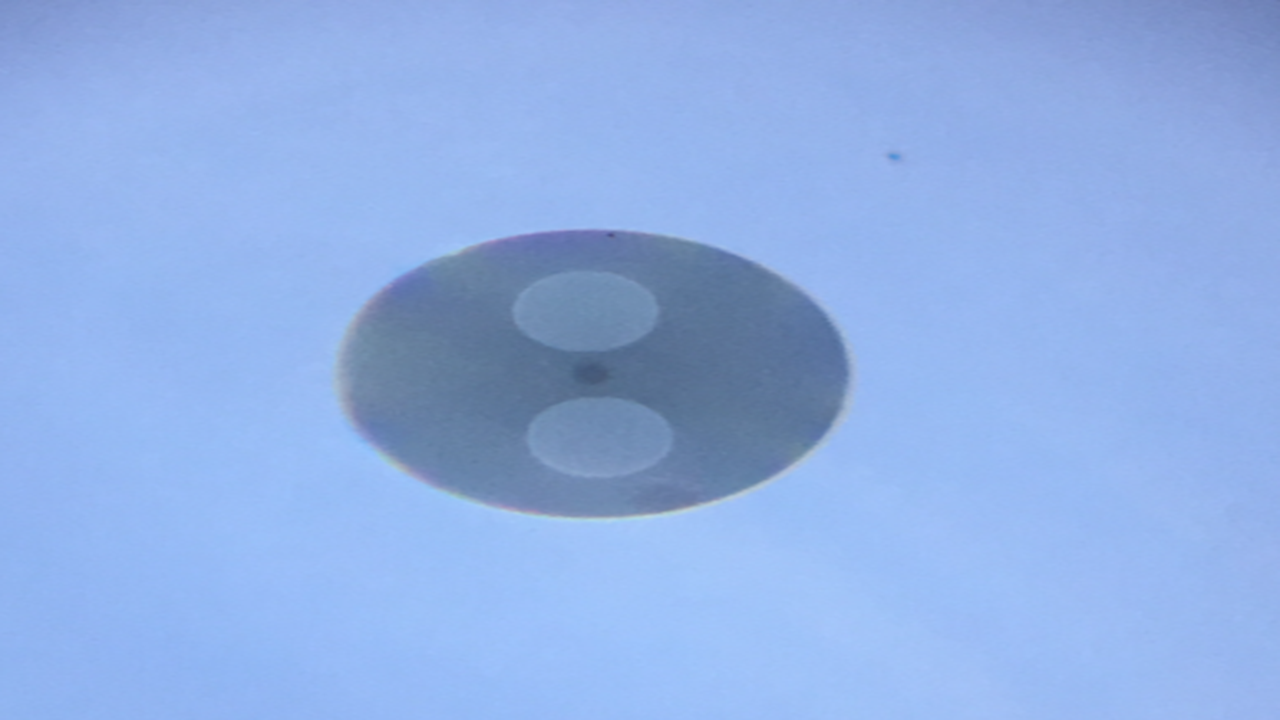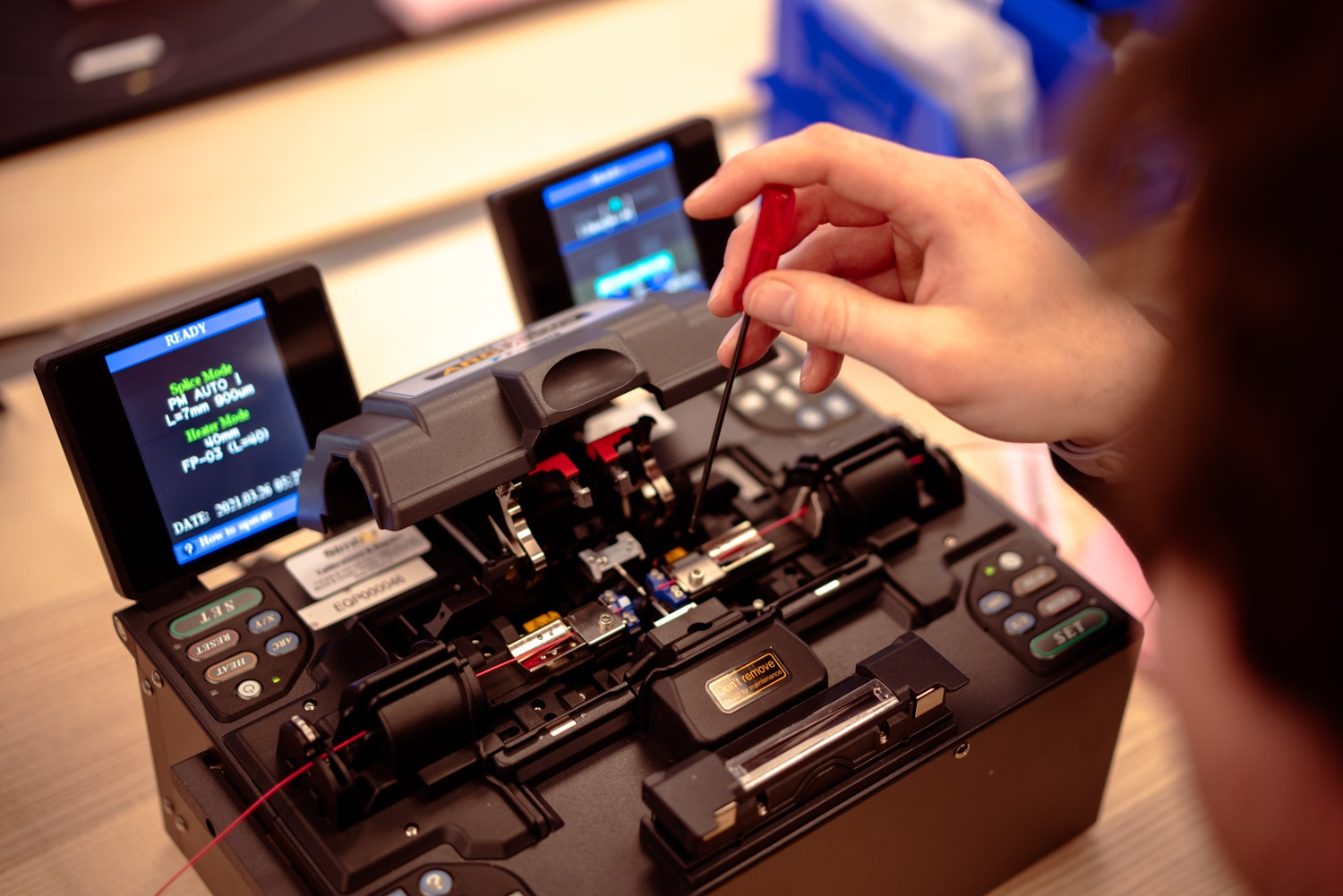What is polarization
Polarization refers to the process of confining the oscillations of a transverse wave, such as light, either completely or partially to a specific direction. The "polarization" of electromagnetic waves refers to the direction of the electric field.
The polarization of light has important implications in various areas, such as optics, photography, telecommunications, and materials science.
How Light can be Polarized
In fiber optics, we focus on the three ways in which light can be polarized:
- Linear polarization: Fields oscillate in a single direction.
- Circular polarization: The electromagnetic field of the wave has a constant magnitude and is rotating at a constant rate in a plane perpendicular to the direction of the wave.
- Elliptical polarization: An elliptically polarized wave can be broken down into two linearly polarized waves that are in phase and have their polarization planes at right angles to one other. The electric field in such waves can rotate in either a clockwise or counterclockwise direction as the wave travels. This rotation gives rise to the chirality exhibited by elliptically polarized waves.
Types of Polarized Fibers
In fiber optics, polarized light waves are often preferred (the electric field oscillates in a specific direction), because certain components and devices in fiber optic systems, such as polarizers, rely on the polarization state of the light for their operation.
To understand polarization in fiber optics, it's important to know that light is an electromagnetic wave consisting of oscillating electric and magnetic fields. These fields can oscillate in various directions perpendicular to the direction of propagation.
On the contrary, in unpolarized light, the electric field oscillates in all possible directions perpendicular to the wave's direction.
Different optical fibers are designed to carry different types of light for varying applications:
- Single-Mode Optical Fiber (SMF): An SMF, also known as fundamental- or mono-mode, is an optical fiber designed to carry only a single mode of light, the transverse mode. Single mode fibers will not preserve the polarization.
- Polarization Maintaining (PM) Fiber: A PM fiber maintains two polarization modes by intentionally inducing uniform birefringence along the entire fiber length. It is known as the slow axis and fast axis and is important when the input polarization needs to be maintained in the fiber.
Overall, understanding and managing polarization in fiber optics are crucial for ensuring efficient transmission and reliable performance in various applications like telecommunications, data transmission, and sensing systems.
Degree of Polarization (DOP)
DOP measures the percentage of the wave that is polarized. When a wave is perfectly polarized, its DOP is 100%, while an unpolarized wave has a DOP of 0%. If a wave is partially polarized, it means it's a mix of polarized and unpolarized parts, and its DOP will be between 0% and 100%. We calculate DOP by finding the fraction of the wave's total power that is carried by the polarized part.
Scientists can use DOP to study how materials are strained by looking at the DOP of the light they emit. The polarization of the emitted light is related to the strain in the material through something called the photoelasticity tensor.
To visualize DOP, a common representation called the Poincaré sphere is used. In this representation, the DOP is shown by the length of a vector measured from the center of the sphere.
Polarization extinction ratio (PER)
PER measures how well light is confined to a specific direction of polarization. It tells us the ratio of the power in the desired polarization direction to the power in the perpendicular direction after passing through a device or system. PER is usually expressed in decibels (dB).
PER is a measure that tells us how well light stays in a specific polarization direction as it travels through a system. PER is affected by various factors such as the characteristics of the light source (if the light is fully polarized or not), misalignments in fiber connections or splices, and the fiber or device itself.
PER is also an important factor to consider in systems or devices that require the light to stay linearly polarized and aligned with a specific axis. In these cases, a higher PER is preferred. The actual values of PER can vary depending on the device. For example, passive components typically have PER values around 18-20 dB, while polarizers or polarizing waveguides can have values of 50-60 dB or even higher.
PER can also be used to estimate the DOP of a depolarizer or light source with low polarization. In such cases, the PER will be close to 0 because the light is distributed evenly across different polarizations.
There are different methods available to measure PER, and the choice of method depends on the specific application. For coherent transmitter and receiver, the PER is a key parameter, since X polarization and Y polarization are coded with different signals
Practical Applications of Polarization
Polarization enables fiber optics to play a critical role in a wide array of industries.
For example, PM fibers are often used in telecommunications to connect a laser to a modulator, because the modulator needs polarized light as input. However, SM fibers are more commonly used to long-distance transmission because they are more cost effective and have lower signal loss over longer distances compared to PM fibers.
PM fibers are also used in fiber-optic gyroscopes. These gyroscopes are widely used in the aerospace industry for navigation and sensing purposes, and they rely on the properties of PM fibers to accurately measure rotation and movement.
A Light Source for Every Situation
Dayy Photonics manufactures both high DOP and low DOP light source solutions; many of which are appropriate for medical, military, and industry applications.
Want to learn more about your options when it comes to DOP light sources? Contact DAYY Photonics anytime to talk about the specialized needs in your industry.


